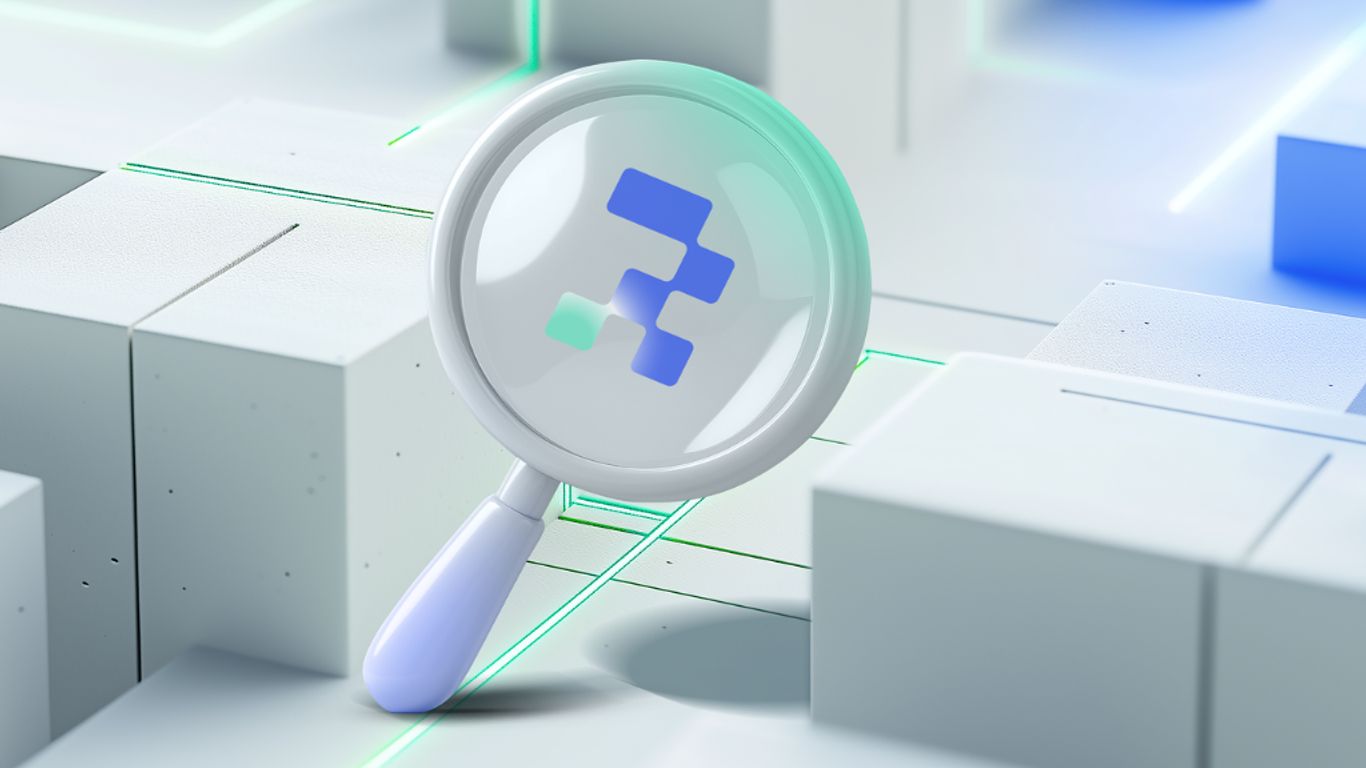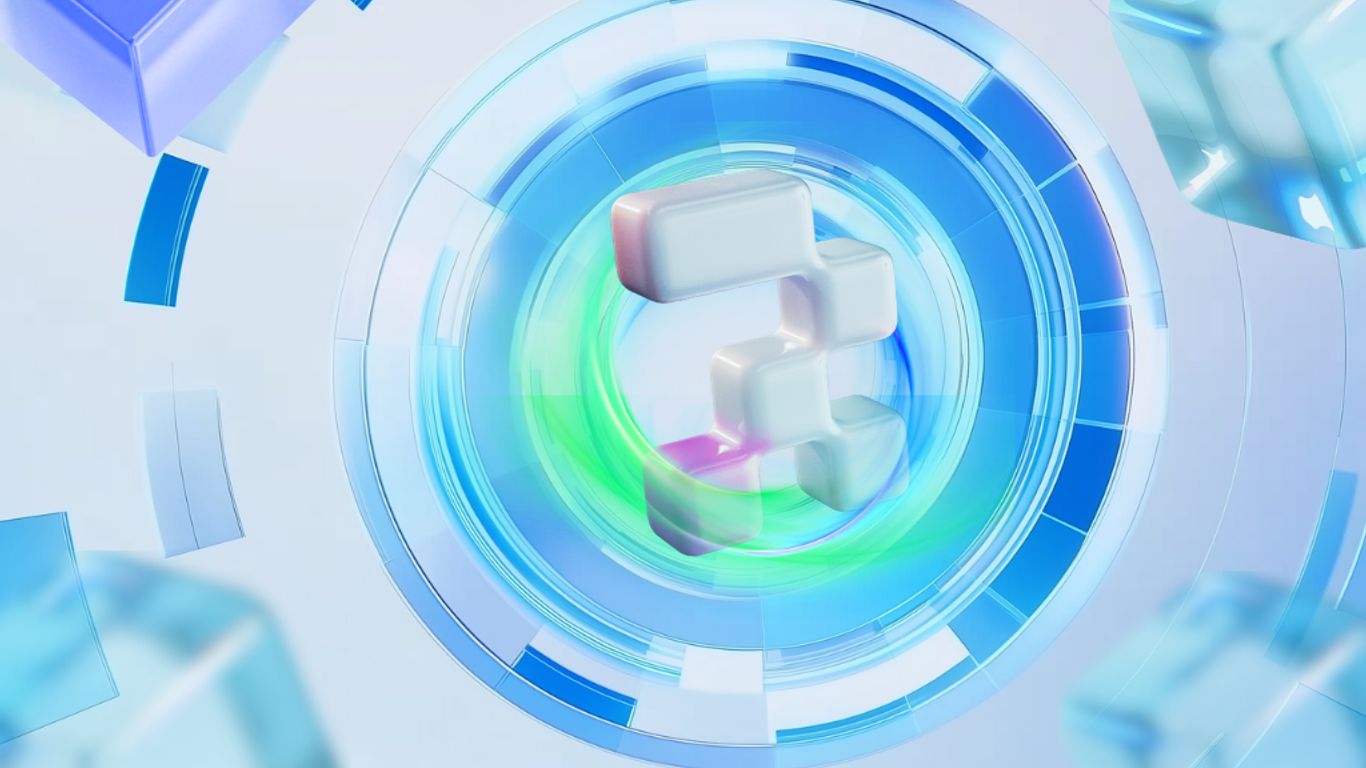In recent years, the concept of tokenization has emerged as a game-changer in the investment world. By turning various types of assets into digital tokens, it opens up new avenues for investors. This article will explore how tokenized assets are reshaping the landscape of alternative investments, making them more accessible and efficient for everyone.
Key Takeaways
- Tokenization makes it easier for people to invest in assets like real estate and art by allowing fractional ownership.
- Digital tokens improve liquidity, meaning assets can be bought and sold more easily.
- Smart contracts automate processes, reducing costs and speeding up transactions.
- Tokenization enhances transparency and security, making it safer to invest.
- The future of investing looks bright with new opportunities for everyone, not just the wealthy.
The Rise of Tokenized Alternative Investments
Understanding Tokenization
Tokenization is the process of turning real-world assets into digital tokens on a blockchain. This makes it easier to buy, sell, and manage these assets. By converting assets like real estate, art, or even stocks into tokens, more people can invest in them. This opens up investment opportunities that were once limited to wealthy individuals or institutions.
Historical Context
In the past, investing in alternative assets often required large amounts of capital and involved complex processes. Many potential investors were left out due to high entry barriers. Tokenization aims to change this by simplifying the investment process and making it more accessible.
Current Market Trends
The market for tokenized assets is growing rapidly. Here are some key trends:
- Increased interest from both individual and institutional investors.
- Emerging platforms that facilitate the buying and selling of tokenized assets.
- Regulatory developments that are beginning to support tokenization, making it a more viable option for investors.
Tokenization is transforming finance by making private equity and decentralized finance (DeFi) more accessible. It enhances liquidity and utility, allowing for innovative financial products.
Overall, tokenization is not just a trend; it represents a significant shift in how we view and manage investments across various asset classes. As this technology continues to evolve, it promises to make investing more inclusive and efficient for everyone.
Real Estate Tokenization: Transforming Property Investment
Fractional Ownership Benefits
Tokenization allows for fractional ownership of real estate, meaning that investors can buy shares in properties. This makes it easier for more people to invest in real estate without needing a lot of money upfront. Here are some key points:
- Lower Entry Costs: Investors can start with smaller amounts.
- Diverse Portfolio: Investors can own parts of multiple properties.
- Access to High-Value Markets: Smaller investors can participate in markets that were once out of reach.
Increased Liquidity
Tokenized real estate offers increased liquidity, making it easier to buy and sell properties. This is important because:
- Faster Transactions: Properties can be sold quickly without lengthy processes.
- Market Fluidity: More buyers and sellers can enter the market, improving overall activity.
- Easier Exit Strategies: Investors can sell their shares more easily if they need cash.
Simplified Transactions
The process of buying and selling tokenized real estate is much simpler. Here’s how:
- Digital Contracts: Smart contracts automate the buying process.
- Reduced Paperwork: Less paperwork means fewer errors and faster deals.
- Transparent Records: Blockchain technology keeps clear records of ownership, reducing disputes.
Tokenization is changing how we invest in real estate, making it more accessible and efficient for everyone.
In summary, real estate tokenization is transforming property investment by making it more affordable, liquid, and straightforward. This technology is paving the way for a new era in real estate investing, allowing more people to participate in markets that were once limited to wealthy individuals and institutions.
Tokenizing Bonds and Treasuries: A New Era for Fixed Income
Streamlined Issuance
Tokenizing bonds makes the process of issuing them much faster and easier. This means that more people can invest in bonds without the usual delays. Here are some key points about streamlined issuance:
- Digital tokens can be created quickly.
- Fewer middlemen are needed, which cuts costs.
- Investors can buy fractions of bonds, making it more affordable.
Automated Payments
With tokenized bonds, payments like interest can be handled automatically through smart contracts. This reduces the need for manual work and errors. Here’s how it works:
- Smart contracts manage payments.
- Investors receive payments directly to their wallets.
- This process is faster and more reliable.
Broader Market Participation
Tokenization opens up the bond market to more investors. This is important because it allows:
- Small investors to participate.
- Increased liquidity, meaning bonds can be bought and sold more easily.
- A wider range of investment options for everyone.
Tokenization is changing how we think about bonds, making them accessible to more people and creating a more efficient market.
In summary, tokenizing bonds and treasuries is a significant step forward in the world of fixed income. It simplifies processes, enhances participation, and offers new opportunities for investors.
Intellectual Property and Collectibles: A New Frontier
Fractional Ownership of Art and Patents
Tokenization allows for fractional ownership of valuable items like art and patents. This means that instead of needing a lot of money to buy an entire piece, investors can purchase smaller shares. This approach makes it easier for more people to invest in high-value assets.
New Revenue Streams for Creators
For creators, tokenization opens up new ways to earn money. By issuing digital tokens that represent ownership or rights to their work, creators can sell these tokens to a broader audience. This can include anything from music and art to patents and trademarks. The ability to reach a global market can significantly boost their income.
Enhanced Transparency and Security
Blockchain technology ensures authenticity and ownership, reducing fraud risks. This transparency is crucial for both creators and investors, as it builds trust in the market.
Tokenization is revolutionizing the investment landscape, making it possible for more people to participate in markets that were once exclusive to large institutions and high-net-worth individuals.
Summary
In summary, the tokenization of intellectual property and collectibles is making it easier for more people to invest in and enjoy these unique items. It’s a win-win for both collectors and investors!
Challenges and Risks in Tokenized Investments
Tokenized investments offer exciting opportunities, but they also come with significant challenges. Regulatory hurdles can slow down the adoption of these new technologies, making it hard for investors to navigate the legal landscape. Here are some key challenges:
Regulatory Hurdles
- Many countries lack clear regulations for digital assets, which can create uncertainty for investors.
- Compliance with laws like KYC (Know Your Customer) and AML (Anti-Money Laundering) can be complex and varies by region.
- The absence of standardized frameworks can lead to confusion and potential legal issues.
Market Volatility
- The market for tokenized assets can be unpredictable, which may deter conservative investors.
- Rapid changes in demand can affect the value of tokenized assets, leading to potential losses.
- Investors need to be prepared for fluctuations in the market that can impact their investments.
Technological Risks
- Security is a major concern; vulnerabilities in smart contracts can lead to significant losses.
- The technology behind tokenization is still evolving, which can introduce unforeseen issues.
- Regular security audits are essential to ensure the safety of digital assets.
The tokenization of real-world assets is unlocking markets previously inaccessible to most investors. However, navigating the challenges is crucial for success.
Types of Tokenized Securities
Equities
Tokenized equities allow for fractional ownership of stocks. Instead of needing to buy a whole share, investors can purchase a small part of it. This makes investing in stocks more accessible to everyone.
Bonds
Tokenized bonds can automate interest payments and other functions using smart contracts. This technology helps ensure that payments are made on time and reduces the chances of errors.
Asset-Backed Securities
These securities are backed by real assets like real estate or loans. They offer new investment opportunities and can be traded more easily than traditional asset-backed securities.
Tokenization can make investing in securities easier and more efficient, opening doors for many new investors.
Summary Table of Tokenized Securities
Benefits of Digital Securitization
Increased Efficiency
Tokenization makes the process of issuing, trading, and settling securities much faster and cheaper. This means less time and money spent on transactions. By using digital methods, companies can streamline their operations and reduce costs significantly.
Broader Access
Tokenized securities allow more people to invest. This includes individuals who might not have had the chance to invest before. With lower minimum investment amounts, more investors can participate in the market. This opens up opportunities for everyone, not just the wealthy.
Enhanced Liquidity
One of the biggest advantages of tokenized securities is that they can be traded 24/7 on various platforms. This means that investors can buy and sell their assets anytime, leading to greater liquidity compared to traditional markets.
Tokenization can transform the financial landscape by making it more efficient and accessible for all investors.
Overall, the benefits of digital securitization are clear. It not only improves efficiency but also makes investing more inclusive and liquid.
Security Enhancements in Tokenized Assets
In the world of tokenized assets, security is essential. As these digital assets grow, so do the measures to protect them. Here are some key security enhancements:
Multi-Signature Wallets
- These wallets require multiple approvals for any transaction, making unauthorized access much harder.
Encryption Protocols
- Sensitive data is protected through advanced encryption methods, ensuring that only authorized users can access it.
Regular Security Audits
- Frequent audits help keep systems updated and secure, identifying any vulnerabilities before they can be exploited.
The safety of tokenized assets is vital for building trust among investors and users. Without strong security measures, the potential of tokenization could be undermined.
These enhancements not only protect assets but also promote a safer environment for investors, encouraging broader participation in the market. As tokenization continues to evolve, these security measures will play a crucial role in its success.
Scalability and Interoperability of Tokenized Assets
Cross-Chain Solutions
Tokenized assets need to work across different blockchain platforms. This is where cross-chain solutions come in. They allow assets to move freely between various blockchains, making it easier for investors to trade and manage their assets.
High Transaction Throughput
To keep up with demand, tokenized assets must handle many transactions at once. High transaction throughput ensures that multiple transactions can occur simultaneously without delays. This is crucial for maintaining a smooth user experience.
User-Friendly Interfaces
For tokenized assets to gain popularity, they must be easy to use. User-friendly interfaces help investors engage with tokenized assets without needing deep technical knowledge. This accessibility is key to attracting a broader audience.
Tokenization is reshaping the financial landscape, making it more inclusive and efficient for everyone.
In summary, the future of tokenized assets looks bright. With advancements in scalability and interoperability, we can expect a more connected and efficient financial ecosystem. The potential for growth in this area is significant, especially as more investors recognize the benefits of tokenized assets.
Diversification of Tokenized Assets
Tokenization is changing the way we invest by allowing a wider range of assets to be included in investment portfolios. This expansion is crucial for opening up new opportunities. Here are some key areas where tokenization is making a difference:
Expansion Beyond Real Estate and Art
- Tokenization started with high-value assets like real estate and art.
- Now, it includes everyday items and smaller investments.
- This shift allows more people to invest in various markets.
Inclusion of Debt Instruments
- Tokenized debt instruments make it easier for investors to access bonds.
- This inclusion helps diversify portfolios and reduce risk.
- Investors can now buy smaller portions of bonds, making them more accessible.
Tokenization of Commodities
- Commodities like gold and oil can now be tokenized.
- This allows investors to trade these assets more easily.
- Tokenization provides a way to invest in commodities without needing large amounts of capital.
Tokenization is reshaping the investment landscape, making it possible for more people to participate in markets that were once exclusive to large institutions and high-net-worth individuals.
In summary, the diversification of tokenized assets is a game-changer. It allows investors to spread their investments across various sectors, minimizing risk and maximizing potential returns. As tokenization continues to grow, it will likely lead to a more inclusive financial environment.
The Future of Tokenized Alternative Investments
Technological Advancements
The future of tokenized investments looks bright, driven by rapid technological advancements. As blockchain technology continues to evolve, it will enhance the security and efficiency of tokenized assets. This means that more people can invest in a wider range of assets, making investing more inclusive.
Market Predictions
Experts predict that the market for tokenized assets could reach nearly $4 trillion by 2030. This growth will open up new opportunities for both individual and institutional investors. The increasing demand for alternative investments will likely push more companies to adopt tokenization.
Potential for Growth
The potential for growth in tokenized assets is significant. Here are some key areas to watch:
- Increased accessibility for everyday investors.
- Expansion of asset classes available for tokenization.
- Improved liquidity in markets that have traditionally been illiquid.
Tokenization is revolutionizing finance by enhancing inclusivity and efficiency. It promises a more inclusive financial ecosystem, allowing more people to participate in markets that were once exclusive to large institutions and high-net-worth individuals.
Conclusion
In conclusion, the rise of tokenized assets is changing the way we think about investing. By turning real-world items into digital tokens, more people can invest in things like real estate, art, and even bonds without needing a lot of money. This makes investing easier and more open to everyone, not just the wealthy. While there are still some challenges to overcome, like rules and technology issues, the future looks bright. As tokenization grows, it will likely create new chances for people to invest and help them manage their money better.
Frequently Asked Questions
What is tokenization?
Tokenization is turning real things, like property or art, into digital tokens on a blockchain. This makes them easier to buy and sell.
How does tokenization help with real estate?
Tokenization allows people to buy small shares of properties, making it cheaper to invest in real estate.
What are the benefits of tokenizing bonds?
Tokenizing bonds makes it faster to issue them and allows for automatic payments, which can save money.
Can I invest in art through tokenization?
Yes! Tokenization lets many people invest in valuable art by owning a small part of it.
What risks come with tokenized investments?
Some risks include changing rules from governments, price changes in the market, and technology problems.
What types of assets can be tokenized?
You can tokenize many things like stocks, bonds, and even real estate.
How does tokenization make investing easier?
It reduces the costs and time needed to buy and sell assets, making it simpler for everyone to invest.
What security measures are in place for tokenized assets?
Security measures include special wallets that need multiple approvals, data protection methods, and regular checks to ensure safety.




